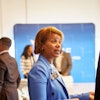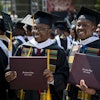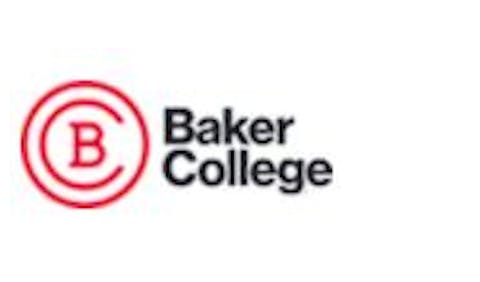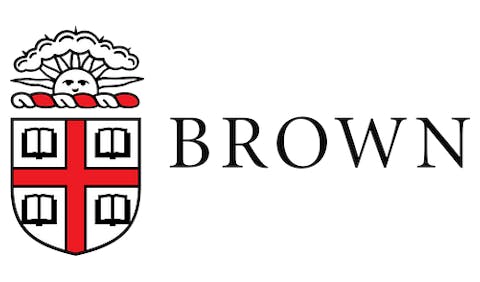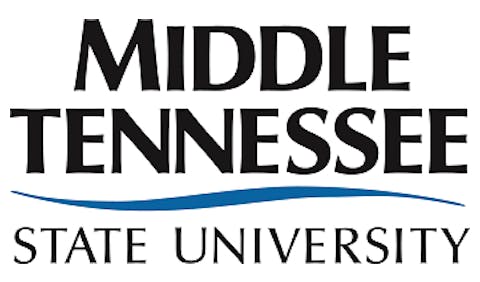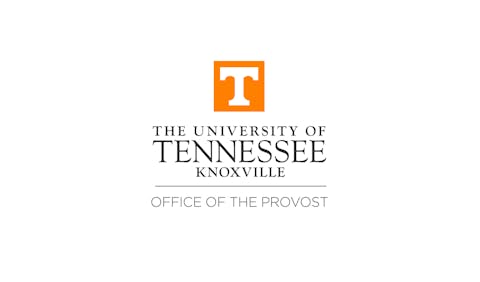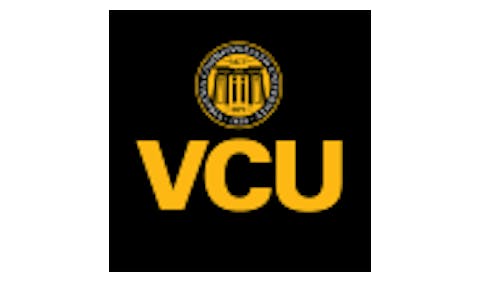The Evolution of Educational Opportunities
Higher education has evolved to the extent that it touches the lives of most American adults, who at some point, will acquire skills and knowledge in a post-secondary institution. For American Indians, however, there’s been too little progress in offering them quality schooling and access to higher education.
Our cover story, “The Rebirth of D-Q University,” written by Diverse correspondent Patricia Valdata, is a fascinating story about the dream of two American Indian scholars. They envisioned a four-year university for not only Indians and Chicanos, although that would be its focus, but for students of all ethnicities. What actually materialized was a two-year tribal college in Davis, Calif., where the alliance between Indian and Chicano students was unstable from the start.
However, determination and passion has sustained D-Q University throughout its 30-year history. Even now, with only 50 students enrolled and efforts underway to regain its accreditation, interim president Arthur Apodaca is using all the resources available to him to keep the school open. He strongly believes that a university like D-Q is sorely needed. Most other tribal colleges specifically look to enroll students from federally recognized tribes, but D-Q has never set out to do this, and consequently, has suffered financially.
Speaking of evolution, there was a time when bilingual education was a popular and viable alternative to English-only classes, especially for immigrants. In recent years, however, an organized political backlash has led to the resurgence of an English immersion educational philosophy.
Assistant editor Kendra Hamilton takes a look at recent scholarship surrounding the issue, which is especially timely in light of the current national debate on immigration. What she found was new evidence that indicates that English-only initiatives have more political appeal than educational merit. The researchers say that it’s ultimately the quality of the instruction that makes the difference, rather than whether students are enrolled in bilingual classes or English immersion classes.
Also on the minds of many educators, policy makers and families these days is how Black males are faring in the educational system. Diverse’s North Carolina correspondent, Eleanor Lee Yates, reports on the conference,
“Collective Works and Responsibility: A Community Response to African-American Male Success in Post-Secondary Education,” a partnership between the North Carolina Community College System, the Historically Minority Colleges and Universities Consortium and North Carolina Central University. Hundreds of attendees convened for the three-day conference, where they were presented with startling statistics about Black males from scholars such as Dr. Jawanza Kunjufu, and also heard inspirational speeches by guests such as Bishop Eddie Long.
Diverse columnist Julianne Malveaux also explores the experience of Black males in
“Culture and Context: The Plight of Black Males.” Malveaux takes Harvard University sociologist Orlando Patterson to task for his explanation that young Black men are too busy being cool to be scholars. Says Malveaux, “If the ‘Cool Pose’ has any context, it is the context of making do in a society that has no room for you.”
There are additional conferences coming up in the next few weeks that focus on Black men. We will continue to cover this very important issue, as we know many of you are working diligently to keep Black men plugged into the education pipeline
© Copyright 2005 by DiverseEducation.com


